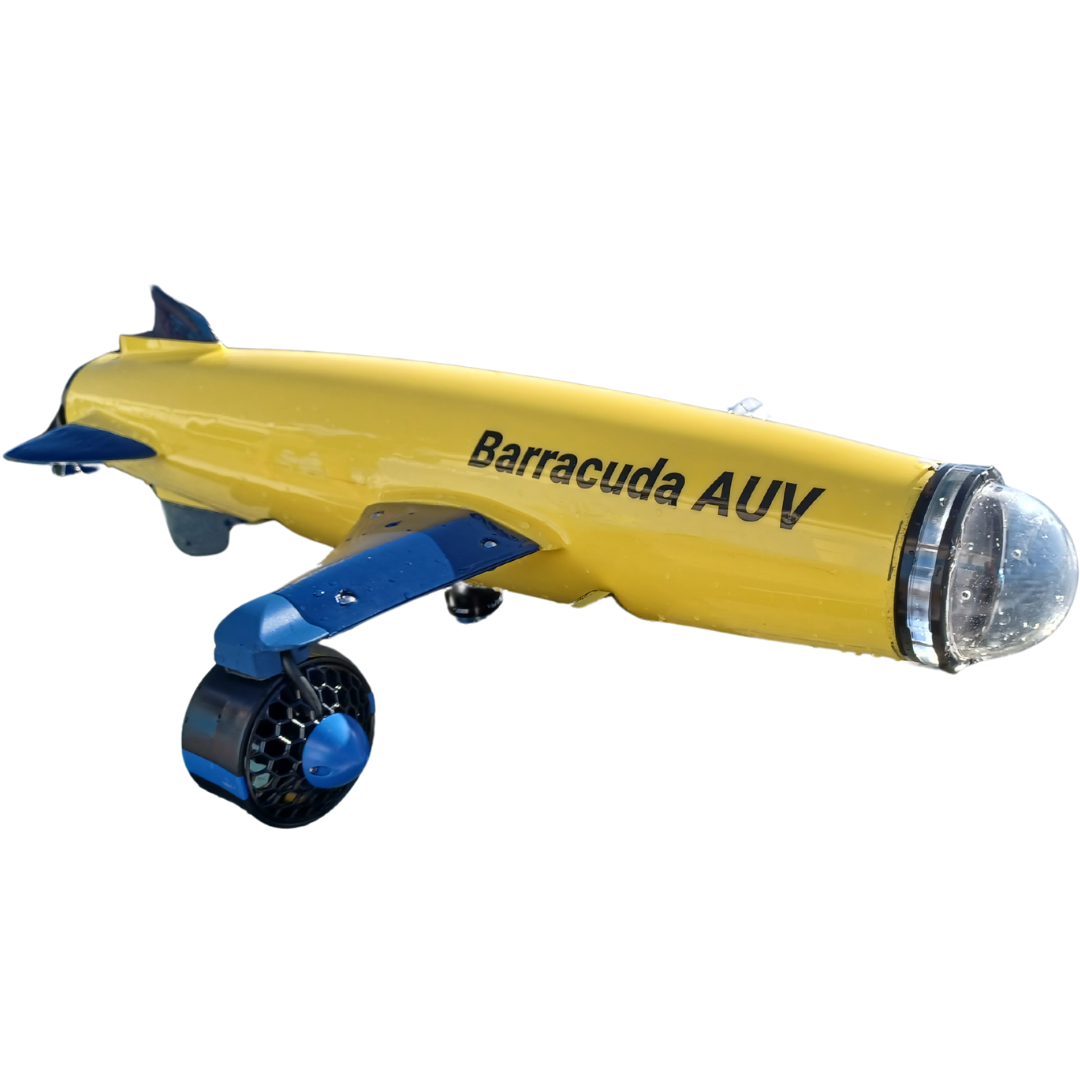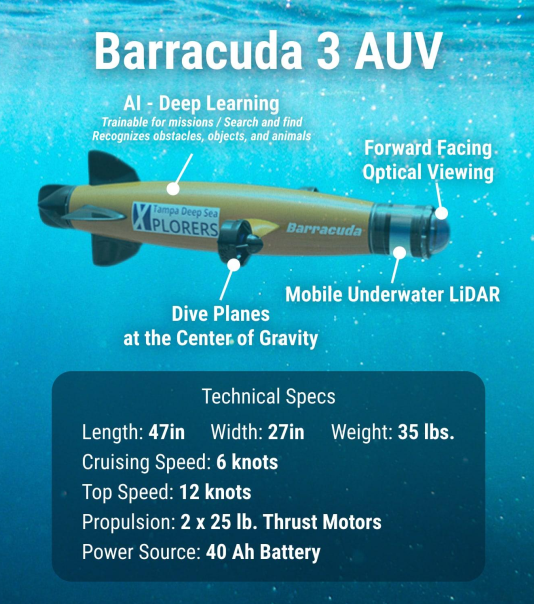
An AUV (Autonomous Underwater Vehicle) is a self-powered, untethered robotic system designed to perform underwater missions without direct human control or real-time guidance. Unlike ROVs (Remotely Operated Vehicles), which require a cable connection and pilot, AUVs operate autonomously based on pre-programmed instructions.
Key Features of AUVs:
-
🌊 Autonomous Navigation: Uses onboard sensors like sonar, DVL (Doppler Velocity Log), IMUs, and GPS (when surfaced) to navigate underwater.
-
🔋 Battery-Powered: Operates on rechargeable batteries for several hours or even days.
-
🎯 Mission-Oriented: Deployed for specific tasks such as seafloor mapping, pipeline inspection, environmental monitoring, and search-and-rescue.
Common AUV Applications:
-
Marine Research: Collect oceanographic data (temperature, salinity, currents).
-
Oil & Gas: Inspect offshore infrastructure and pipelines.
-
Defense: Mine detection and underwater reconnaissance.
-
Environmental Monitoring: Assess habitats, pollution levels, and aquatic health.
In summary, an AUV is a versatile underwater robot capable of executing complex tasks without a tether or pilot, making it an essential tool for industries that rely on deep-water data collection and inspection.


